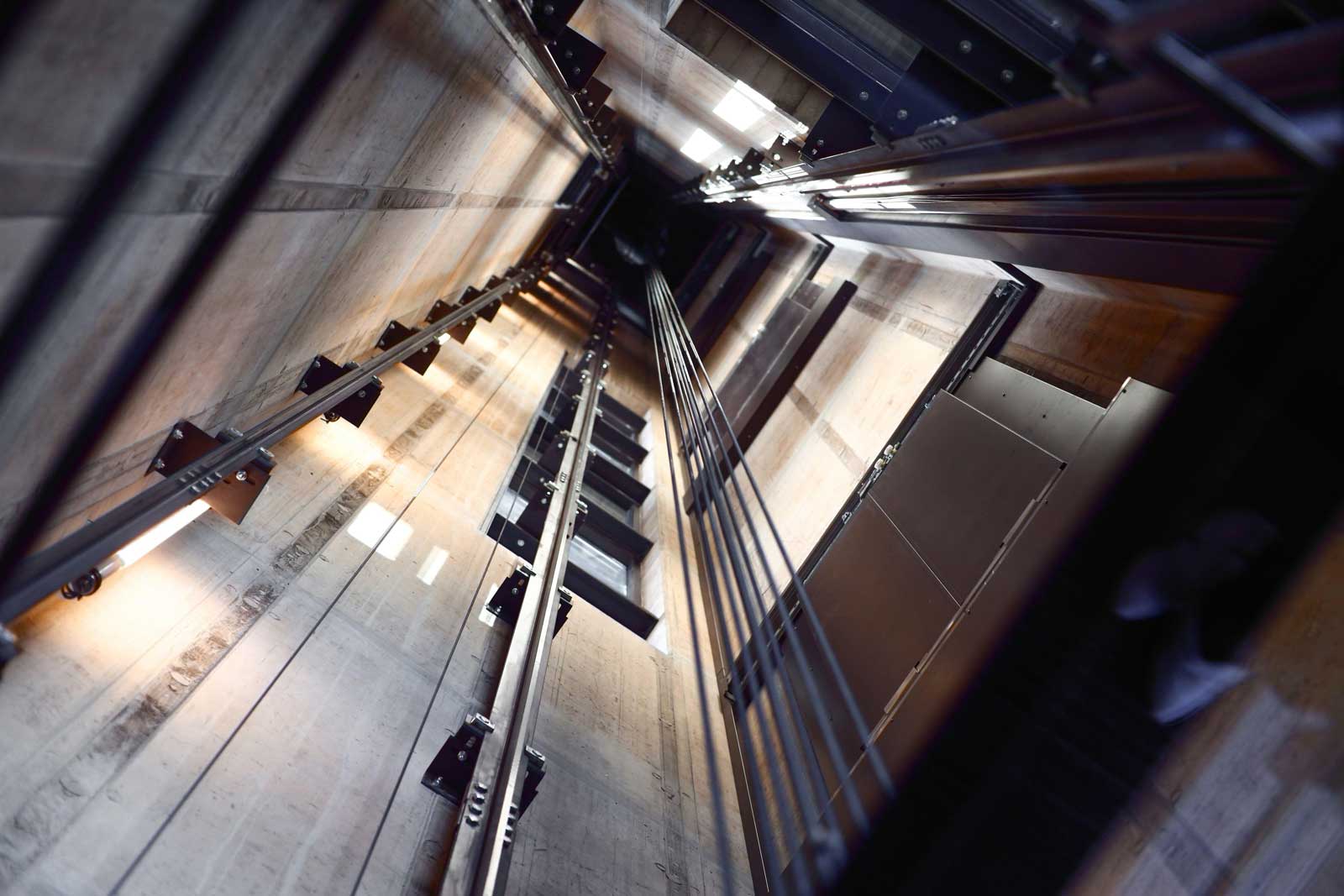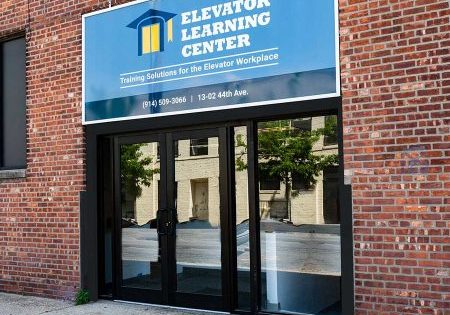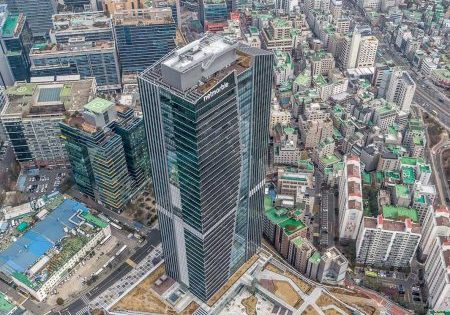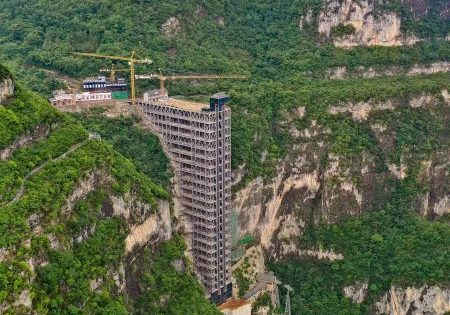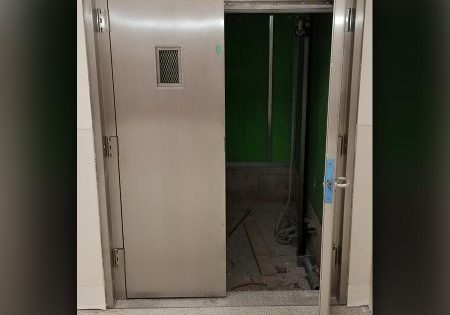Industry standards protect both workers and the riding public.
To license or not to license. . .that is the question. But why? Why are there still questions about the value of industry licensing? For the National Elevator Industry, Inc. (NEII) and its member companies, the answer is simple. Licensure is SAFETY. Licensing for all aspects of the building-transportation industry overseen by AHJs creates a safer environment for both workers and the riding public.
Safety is the top priority for NEII and its member companies, and NEII, in collaboration with our labor partners, encourages AHJs to set minimum standards for industry personnel and the companies that employ them. Every AHJ should have requirements for the education, training and continuing proficiency of both elevator mechanics and inspectors. Further, all companies working in the trade should be required to have licenses, as well.
U.S. Industry Licensing by the Numbers
- 38 states, plus D.C., require at least one of the three industry licenses (elevator contractor, mechanic and/or inspector).
- 36 states, plus D.C., have license requirements for elevator mechanics
- 38 states, plus D.C., have elevator inspector licenses
- 32 states, plus D.C., have elevator contractor licenses
- 25 states, plus D.C., require all three types of industry licenses
Licensing requirements for elevator mechanics establish basic standards for qualifications, education and training that can be relied on by both the public and the industry. The installation, maintenance and repair of elevators, escalators and moving walks are very complex and technical undertakings. Elevator and escalator codes, as well as numerous other building codes affecting the industry, are updated every three years. Change is a constant in equipment, the codes that support them and in enforcement. It is imperative that elevator mechanics and technicians demonstrate their competency and annually update their knowledge to the most current rules and procedures to maintain the highest level of safety out in the field. NEII’s member companies support these basic requirements, alongside the thorough steps they already undertake to ensure their workers are adequately prepared. A safety risk exists for both workers and the public, however, when other companies fail to invest in comparable training and lack an enforcement mechanism to check credentials and/or the work being completed.
Elevator company licensing ensures that only qualified and reputable businesses operate within the industry. Years in business or years of experience by a company principal, coupled with minimum insurance requirements, are reasonable expectations for companies that install, assemble, maintain, service, modernize or perform other tasks related to building transportation equipment.
Inspectors, whether employed by the AHJ or an independent third party, have an obligation as the enforcement arm of the program to demonstrate competence in codes, equipment and the working environment. Timely and reliable inspection is a critical factor in the industry. It is the inspector who assures the public that building transportation devices comply with current code and operate safely. The industry must also have confidence in the expertise and judgment of inspectors — a confidence that rests on the inspectors’ experience and training derived from a highly regarded baseline. Qualified Elevator Inspector (QEI) certification, the gold standard in inspection education and training, is NEII’s recommended requirement for all elevator inspectors.
Around the country, NEII collaborates with our labor partners and other stakeholders to secure standards that ensure elevator mechanics have the appropriate education and training required to work on the complicated and technical equipment. Efforts to secure industry licensing, however, are part of a broader industry strategy to ensure that AHJs have robust and comprehensive elevator safety programs, which can be accomplished through the adoption of the industry’s Model Elevator Law (MEL). The MEL was first developed more than 20 years ago to define the industry’s recommendations for the key components of a comprehensive elevator program. The model legislation outlines proposed licensing standards for all aspects of the industry, as well as provides a recommended roadmap for permitting, inspection, enforcement, code adoption best practices and establishment of elevator boards to provide technical support to the AHJ.
Elevator Industry Working Groups
Across the U.S., NEII has highly effective working groups comprised of representatives from its elevator manufacturer member companies. NEII working groups are a valuable resource for AHJs undertaking any policy change that affects building transportation equipment.
It is imperative that elevator mechanics and technicians demonstrate their competency and annually update their knowledge to the most current rules and procedures to maintain the highest level of safety out in the field.
The framework outlined in the MEL does not discriminate between union and non-union firms. It requires the use of apprenticeship programs certified by the U.S. Department of Labor, as well as nationally recognized elevator mechanic examinations administered by the industry and the International Union of Elevator Constructors through the National Elevator Industry Educational Program (NEIEP), the CET™ Education Program administered by the National Association of Elevator Contractors and other similar programs that an AHJ may recognize. In this way, the industry’s model law establishes a foundation for the safe and effective regulation of the building transportation industry and achievable standards for all licensed entities and personnel.
The process of creating a comprehensive elevator program is complicated. Legislation must be introduced, passed and signed into law. Then, implementation of the regulations and procedures is needed to carry out these provisions of law. Each AHJ is structured a little differently, and the model language may need modifications to align with existing legislative and regulatory frameworks. The process is further complicated due to the varied priorities of stakeholders, organizations and legislators that need to agree on the requirements. NEII has worked with some AHJs where agreement was reached quickly. In others, the process took several years. The bottom line is to take the time necessary to get it right for the AHJ and the industry.
Advice to AHJs Working on a Licensing Requirement
- Understand from the beginning of the process the goals each party wants to achieve.
- Open a dialogue early and plan to collaborate with industry representatives from the IUEC, EIWPF, NEII and other stakeholders.
- Organize the leaders from the state and/or municipal agencies that will be involved in the implementation.
- Create a regular schedule for meetings for all stakeholders to check in and report on progress and/or challenges.
- Expect challenges in implementation.
- Ensure an opportunity for the industry to test online licensing and permitting systems to provide critical feedback on clarity and usability.
To license or not? The answer is clear. Licensure ensures public safety, a properly trained industry workforce, reasonable inspection and enforcement and consumer confidence in reputable installation and service firms. In the past few years, Louisiana, New York, Kansas and Delaware have answered that question by passing legislation to assure the public that they are protecting both industry personnel and the riding public by requiring industry licenses as part of their comprehensive elevator programs. Other states are considering doing the same. NEII stands ready to support any jurisdiction in taking the necessary steps to secure the benefits of a well-structured elevator program, complete with licensing requirements for mechanics, inspectors and elevator companies.
Get more of Elevator World. Sign up for our free e-newsletter.
